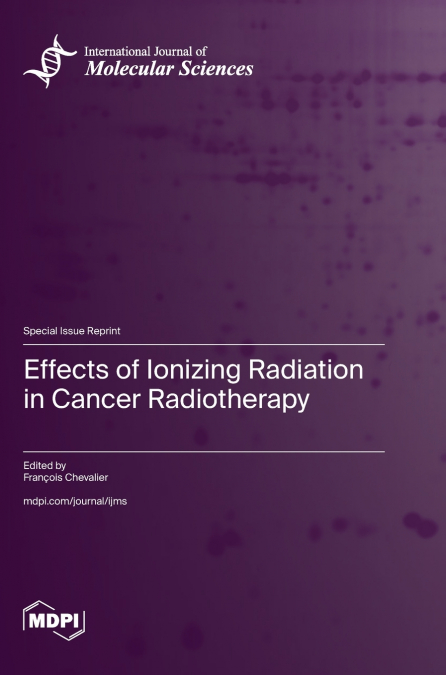
François Chevalier
For a long time, it was widely accepted that the biological effects of ionizing radiation such as cell death, DNA damage, and mutagenesis result from the direct ionization of cell structures, particularly DNA, or from indirect damage through reactive oxygen species produced by water radiolysis. This 'targeted effect' (TE) model has been questioned by numerous observations, in which cells, that were not directly irradiated, exhibited responses similar to those of directly irradiated cells. Therefore, it is now accepted that the detrimental effects of ionizing radiation are not restricted only to irradiated cells, but also to non-irradiated adjacent or distant cells.The non-targeted effects (NTEs) of ionizing radiation, which include genomic instability, radiation-induced bystander effects, and abscopal effects, are defined as the occurrence of biological effects in non-irradiated cells because of the irradiation of other cells in the population. In opposition with TE, that display a linear dose-response, NTEs exhibit a non-linear dose-response, with a marked effect at low doses of radiation. The related cellular and molecular mechanisms of NTEs are still not completely understood, as they are mainly dependent on the cell type and the radiation quality.I am pleased to share with you this Special Issue on the 'Targeted and non-targeted effects of ionizing radiation in the context of cancer radiotherapy'.